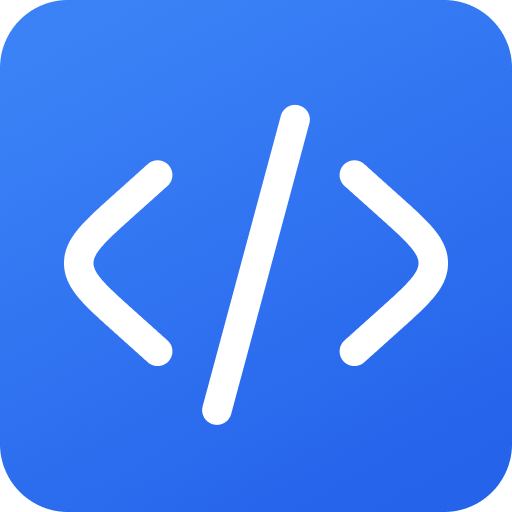The method
Use this prompt sequence in ChatGPT. Start by feeding the first prompt to analyze your current multisite setup. Then, use the prompts iteratively, modifying variables like the new domain names or plugin configurations as needed. Perfect for planning a smooth migration.
The prompts
Prompt 1
Analyze the current WordPress Multisite network configuration. Identify all sites in the network, their current domain mappings, active themes, active plugins (including versions), and any custom configurations. Output a detailed report including potential conflicts or dependencies that might arise during a migration to a new server or domain. Consider database size, media library usage, and any custom code modifications.
Prompt 2
Based on the current WordPress Multisite configuration (provided in the previous step), develop a detailed migration plan to a new server with the domain name 'newdomain.com'. This plan must include steps for backing up the database, transferring files, updating the wp-config.php file with the new database credentials, and updating the domain mappings for all sites in the network. Prioritize minimizing downtime and ensuring data integrity. Provide specific commands or code snippets where applicable. Address potential challenges related to plugin compatibility and database character encoding.
Prompt 3
Given the following list of plugins currently active on the WordPress Multisite network: [List of Plugins and Versions]. Analyze each plugin for potential compatibility issues with the latest version of WordPress and PHP 8.x. Identify any plugins that require updates or replacements prior to or immediately following the migration. Suggest alternative plugins if necessary, taking into account their functionality and user ratings. Output a table summarizing the compatibility status of each plugin and recommended actions.
Prompt 4
After migrating the WordPress Multisite network to 'newdomain.com', and updating the domain mappings, generate a series of SQL queries to verify the domain updates throughout the database. Focus on updating the `wp_options` table and any other tables that might contain references to the old domain. Ensure that the queries are safe to execute and include appropriate `WHERE` clauses to avoid unintended modifications. Provide a command sequence using WP-CLI to search and replace all instances of the old domain with the new domain. Prioritize database integrity and performance.
